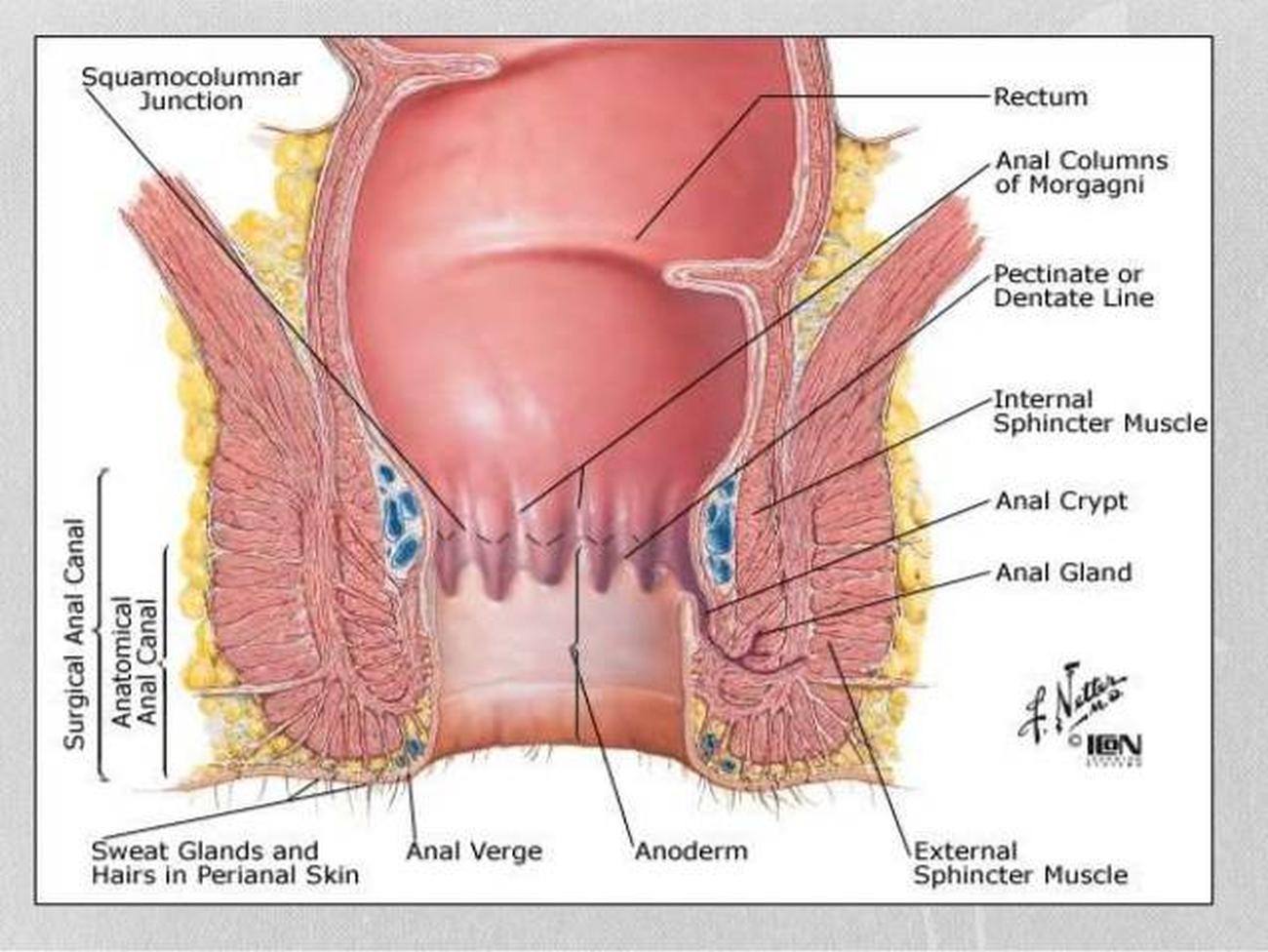
The sphincter pupillae, or pupillary sphincter, belonging to the iris in the eye.; The orbicularis oculi muscle, a muscle around the eye.; The upper and lower oesophageal sphincters.
Anal Sex. In a 2010 scientific testimonial article of heterosexual anal sex, the term anal intercourse is utilized to refer especially to penile-anal penetration, and also rectal sex is used to refer to any kind of kind of rectal sex.
The anal sphincter is a muscle, and it is one of a unique group in the body because it is a sphincter. Most muscles are attached to bones, via tendons, at one or both ends.
The external anal sphincter (or sphincter ani externus) is a flat plane of muscular fibers, elliptical in shape and intimately adherent to the skin surrounding the margin of the anus
Chapter 36: The rectum and anal canal Rectum At the level of the middle of the sacrum, the sigmoid colon loses its mesentery and gradually becomes the rectum, which, at the upper limit of the pelvic diaphragm, ends in the anal canal (fig. 36-1).
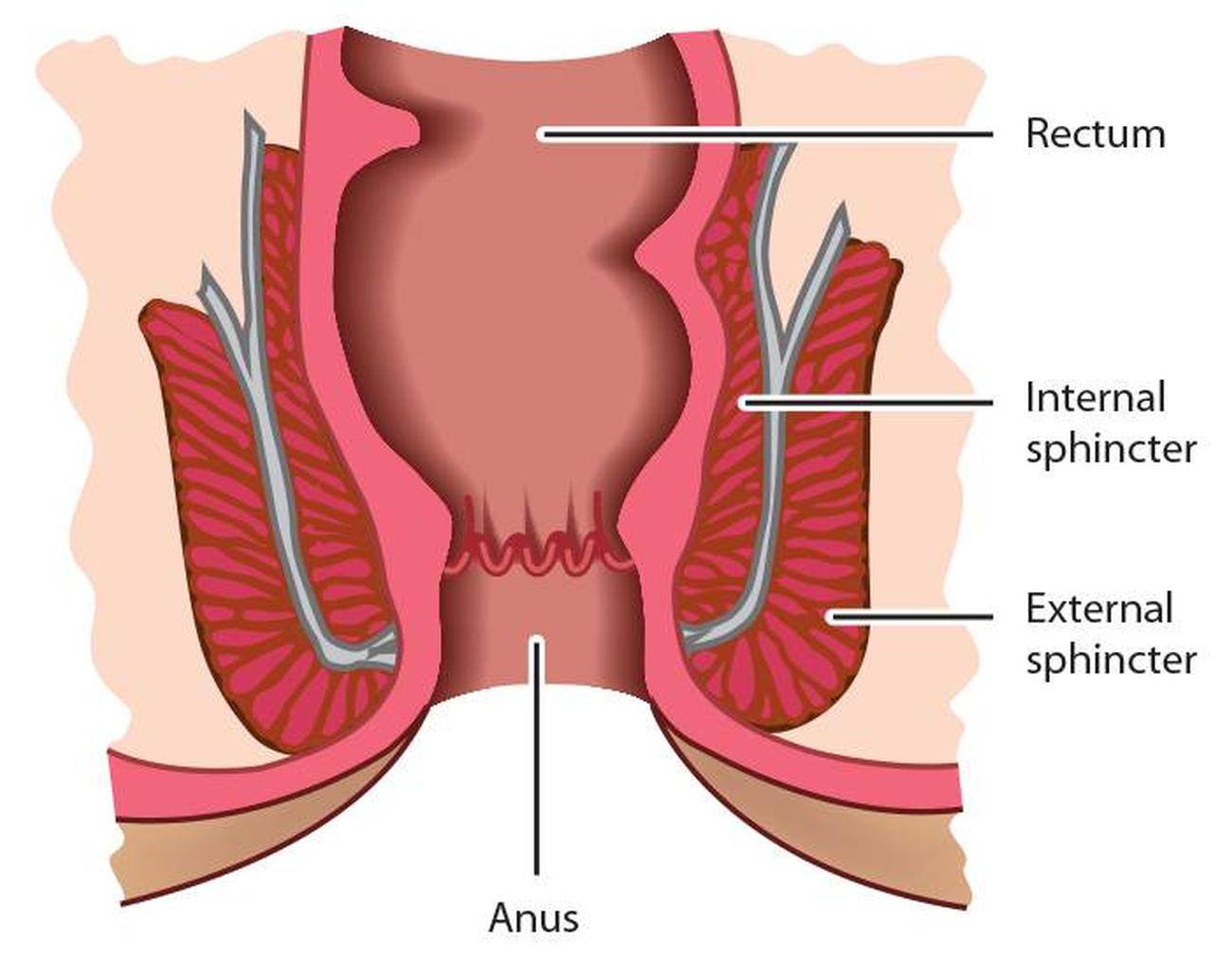
Reality Check: Anal Sex. First it was shocking, then it was having a cultural moment, now it’s practically standard in the modern bedroom repertoire—or so a quick scan of any media, from porn to HBO, will tell you.
Anatomical Structure . Except during defecation, the anal canal is collapsed by the internal and external anal sphincters to prevent the passage of faecal material.
Anal fissure often occurs between the edge of the anus and the dentate line manifested by pain. It is usually found at the posterior and anterior parts of the anus.
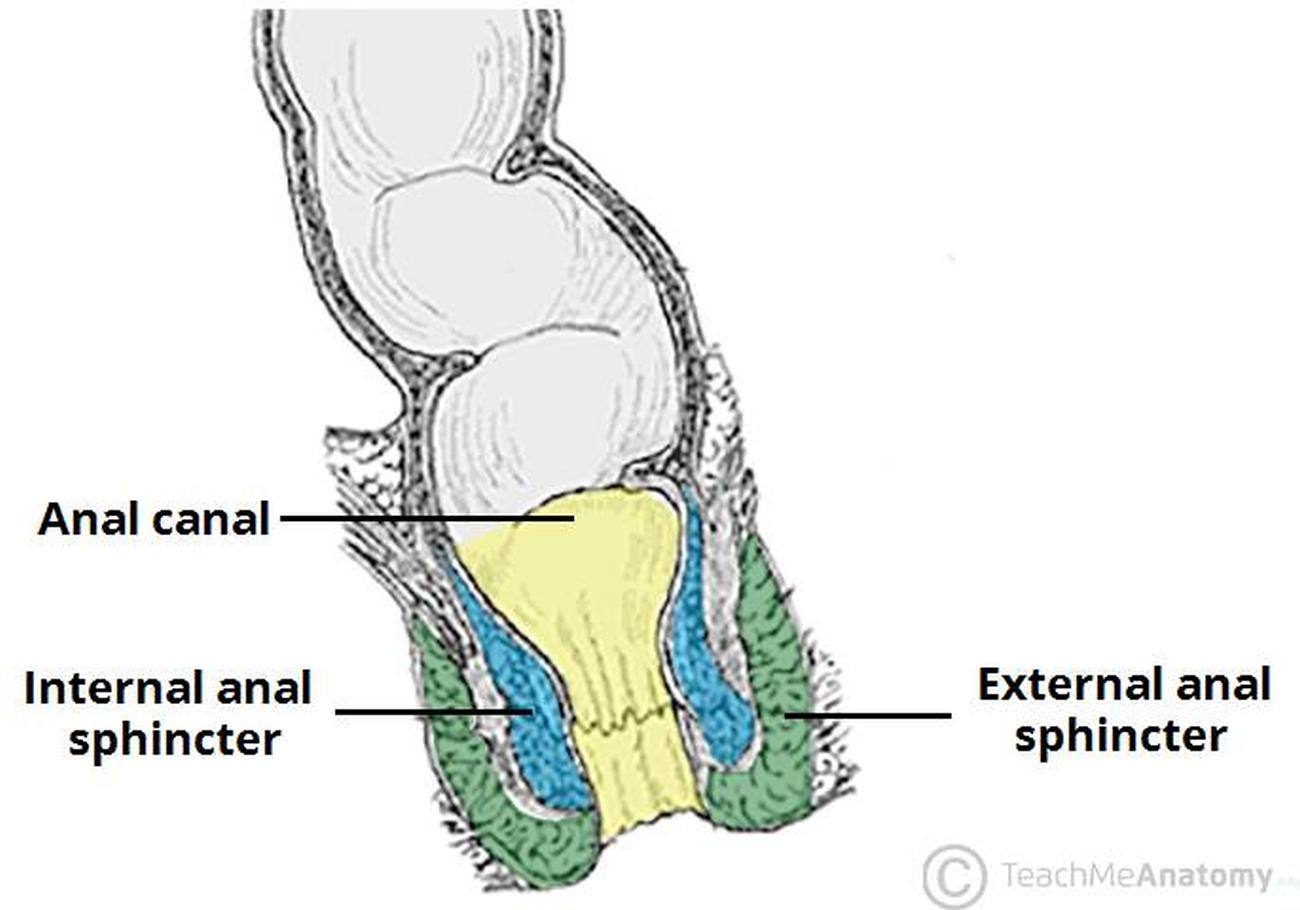

Anal leakage, also known as fecal incontinence, is when feces or stool are expelled from the body without purpose. Learn about the causes and treatment,
%20program/full%20time%20study/third%20year/Integrate%20Nursing%20Practicum/15.%20Bowel%20Elimination.files/image006.jpg)

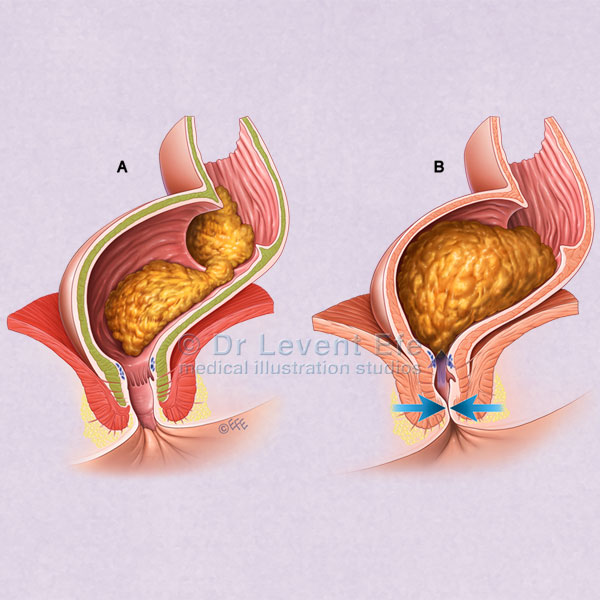

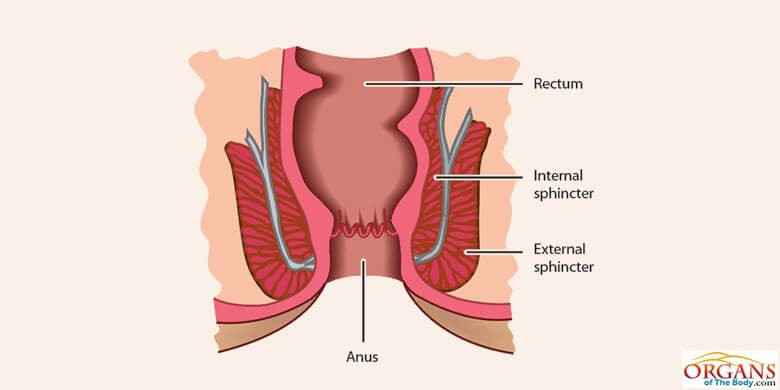
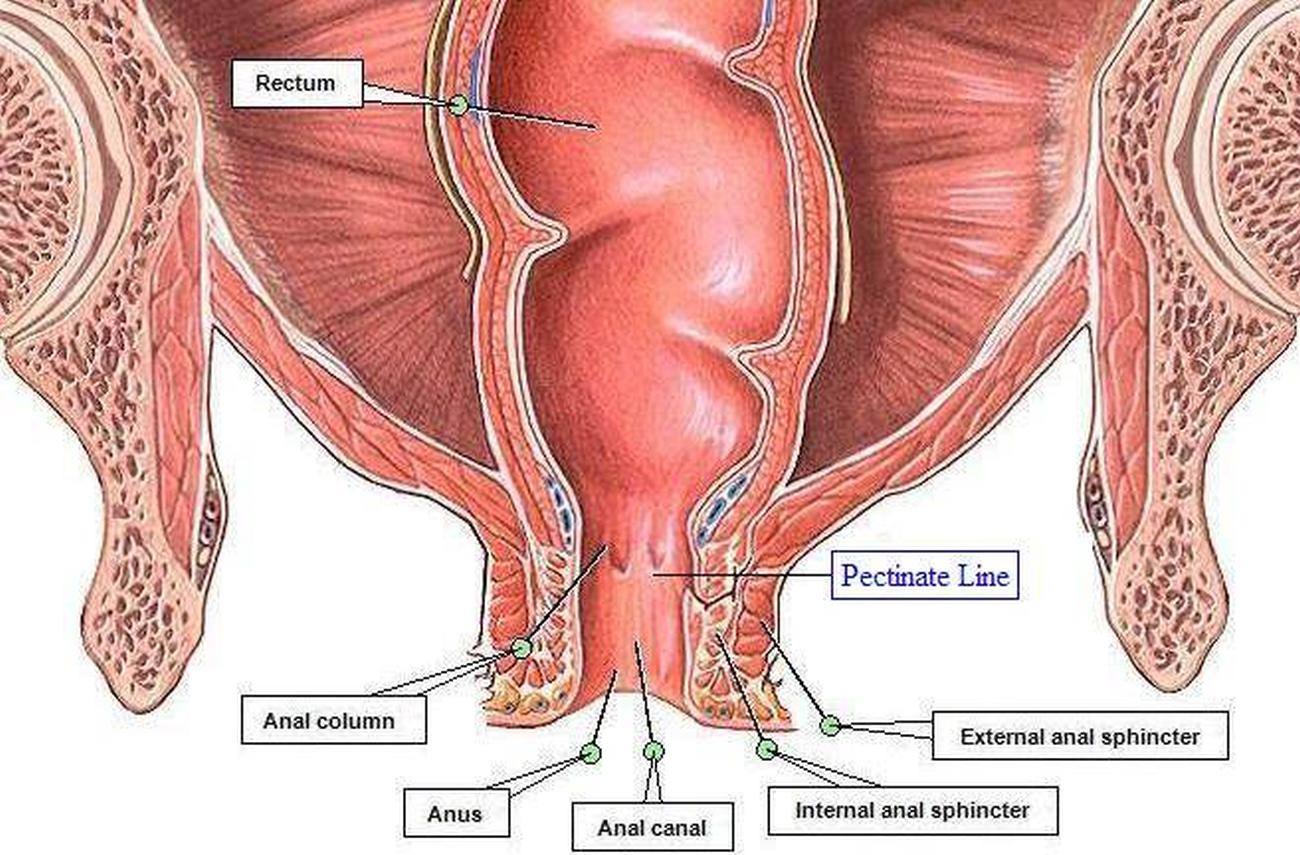
Other articles where Internal anal sphincter is discussed: The internal sphincter is part of the inner surface of the canal; it is composed of concentric layers of circular muscle tissue and is not under voluntary control.